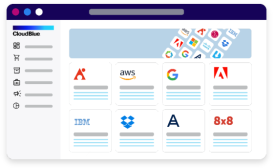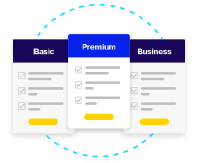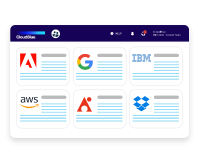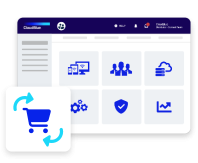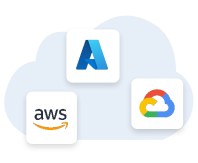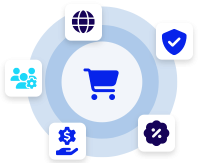SaaS integration refers to the process of connecting multiple software as a service (SaaS) applications so they can seamlessly communicate and share data. In today’s business landscape, companies often rely on several cloud-based applications for everything from customer relationship management (CRM) to accounting and human resources. The challenge arises when these systems operate in silos, making it difficult for data to flow between them. That’s where SaaS integration comes in—it ensures that all your applications work together harmoniously, creating a unified and efficient ecosystem.
Without integration, businesses would face data duplication, manual entry errors, and disjointed workflows. SaaS integration eliminates these issues by allowing applications to automatically sync data, saving time and reducing human error. For example, a CRM system could automatically update your email marketing platform with the latest customer information, ensuring your marketing campaigns are always up to date.
There are various ways to achieve SaaS integration, from using native integrations built into the software to employing third-party integration platforms that can connect multiple apps. Regardless of the method, the goal is the same: streamlining operations and improving overall efficiency.
Key benefits of SaaS integration include:
- Improved Efficiency: Eliminate manual data entry and automate workflows between different applications.
- Data Consistency: Ensure data is up-to-date across all platforms, reducing the risk of errors or outdated information.
- Better Collaboration: Teams can access the same data across tools, promoting smoother communication and decision-making.
- Cost Savings: Save time and resources by automating routine tasks and reducing operational bottlenecks.
- Scalability: As your business grows, integrated systems allow you to add more apps without losing cohesion.
SaaS integration is essential for businesses looking to scale, streamline operations, and ensure a cohesive tech stack.

